Applications for Ohio Farm Bureau Health Plans now available
Members have three ways to apply: contacting a certified agent, calling 833-468-4280 or visiting ohiofarmbureauhealthplans.org.
Read MoreIn real estate — and home gardening — one thing to remember is location, location, location.
The ideal garden spot offers all-day full sun, well-draining but moisture-retentive soil and easy access to the hose for the inevitable dry spells.
Just as important are following some basic practices to ensure good soil health and creative thinking to transform less-than-perfect places into productive locations.
Once you find that sweet spot for tomatoes and other favorites, it seems reasonable to grow them there again and again. It is possible to reap repeated success, but most likely, the sweet spot will sour and produce wimpier plants, while pesky bugs and plant diseases increase.
“You have to rotate things,” said Robin Gorrell, an Ohio State University Extension Master Gardener Volunteer in Seneca County. Pest populations can build up in soil over time. This is especially true of tomatoes, among the most popular plants.
Crop rotation, a principle widely practiced by generations of farmers, renews the soil to keep it productive. Plus, by keeping the host plant out of the area for several seasons, pest and disease problems tend to die out.
“In some places they can grow corn after corn,” said Kris Swartz, a Wood County Farm Bureau member and past president of the Ohio Federation of Soil and Water Conservation Districts. That’s not the case with his farm. He relies on clover, wheat and soybeans as part of the rotation schedule with corn. Swartz was recently recognized with the Olin Sims Conservation Leadership Award by the National Association of Conservation Districts and the U.S. Department of Agriculture. Swartz is a Wood County Soil and Water Conservation District supervisor.
For Bob Rothwell, an OSU Master Gardener Volunteer in Washington County, the wait between tomato plantings is four years. The same wait period applies to tomato’s nightshade family cousins: potatoes, peppers and eggplant, which can attract some of the same problems.
Rothwell keeps records on what’s been grown in his 20 cultivated beds. He uses members of major plant families to fill the beds between tomato (nightshade) plantings. For instance, one season it’s members of the mustard family, such as cabbage and turnips; then legumes, including peas and beans; and others such as lettuce, spinach, chard, onions and garlic. Legumes add some nitrogen to the soil, replacing this essential element needed for plant growth, said Gorrell.
While infrequent, soil-borne pests can affect some flowers, said Pamela J. Bennett, the Ohio State Master Gardener Program director. “Rotation is always a good idea.”
A few years ago downy mildew showed up as a fatal problem for impatiens, popular summer annuals for shaded places. The soil-borne problem can persist for years, Gorrell said. She has found impatiens available again and tried them with success in her woodland landscape. Those who had impatiens affected by the mildew can use New Guinea type impatiens or wax begonias as replacements.
Master Gardener Volunteers and other seasoned growers have several suggestions for greater success with vegetables.


Members have three ways to apply: contacting a certified agent, calling 833-468-4280 or visiting ohiofarmbureauhealthplans.org.
Read More

For Ohio and PJM region, the outlook is reassuring—ample reserves and strong planning should keep the power on.
Read More

The average price for a classic holiday feast for 10 in Ohio will cost $55.87.
Read More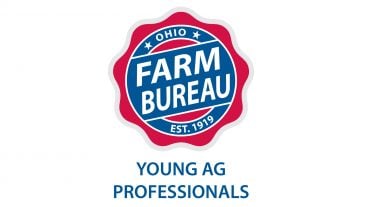

Meet the four new members of Ohio Farm Bureau’s Young Ag Professionals State Committee.
Read More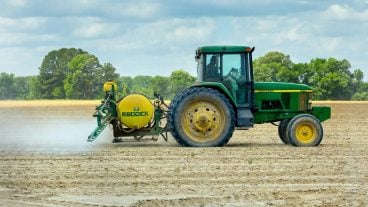
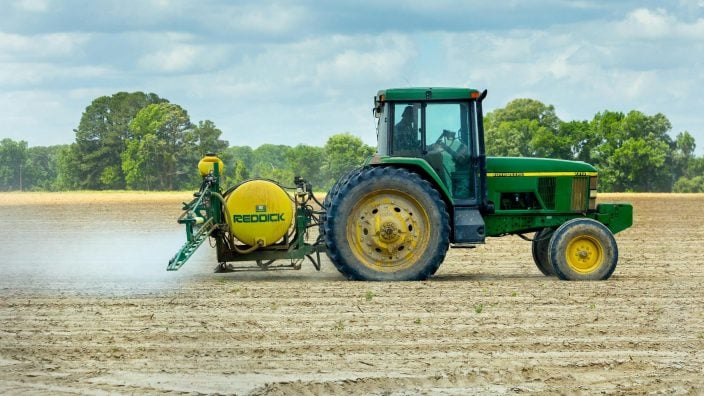
HB 10 ensures transparency around how imitation meat is labeled, along with restoring needed flexibility around the application of crop protection tools.
Read More

FBi Buildings has been delivering exceptional post-frame construction solutions for 65+ years, earning the trust of satisfied customers throughout the Midwest.
Read More
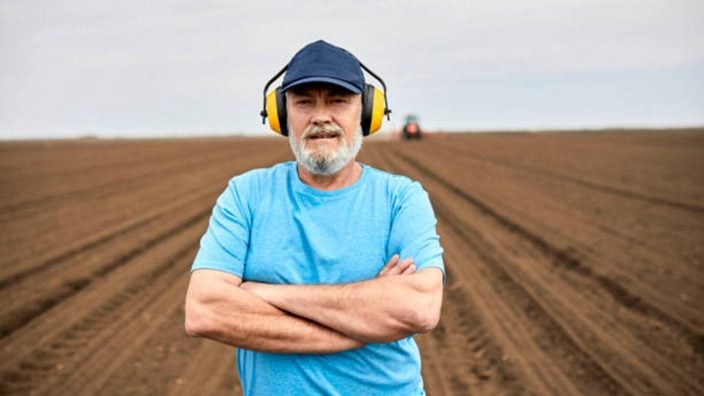
Ohio BWC industrial hygienists, safety consultants, and ergonomists can visit your farm, help spot risks, and suggest improvements that make a real difference.
Read More

Nationwide’s Grain Bin Safety campaign expands its reach, delivering grain rescue tubes and training to 62 fire departments in 2025.
Read More

Urge President Trump and Congress to act before the end of 2025 to provide immediate relief and long-term stability for America’s farmers and ranchers.
Read More
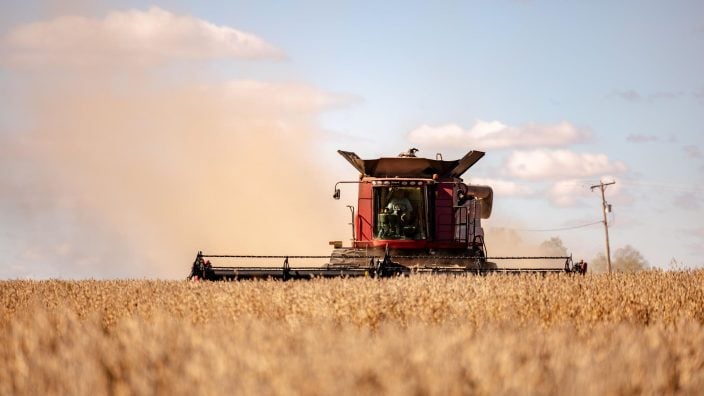
Meet Marion County Farm Bureau member Clayton Lust, a third-generation grain farmer and Beck’s Hybrids dealer, and Kelsey Bezdek, a first-generation livestock farmer and Lake County Farm Bureau member.
Read More